Here's why landing a rocket on a ship just might save humanity
Right now we rely on rockets to launch things like satellites and supplies for the International Space Station into space.

But just one rocket costs over $60 million, and you can only use it once. Amazon founder and space entrepreneur Jeff Bezos has compared it to using a 747 to fly across the country once and then throwing the plane away.
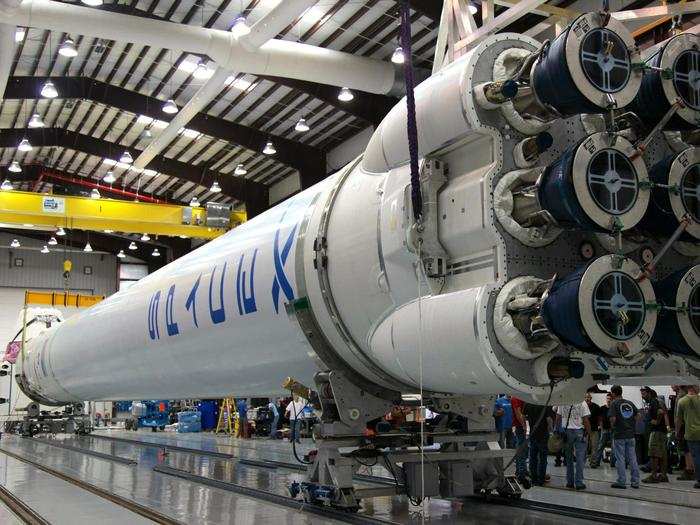
Source: Tech Insider
That's why Elon Musk's SpaceX and Bezos' rocket company Blue Origin are trying to develop reusable rockets.
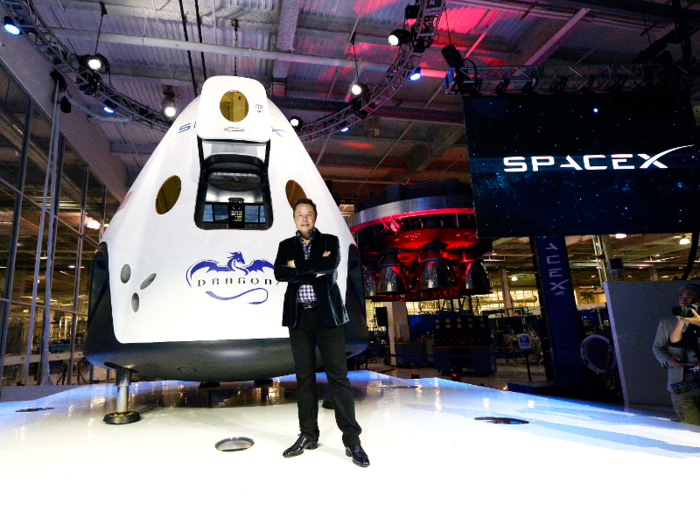
Instead of throwing away $60 million on every single launch, reusable rockets could fly over and over again. The only cost per launch would be a few replacement parts and about $200,000 for rocket fuel.
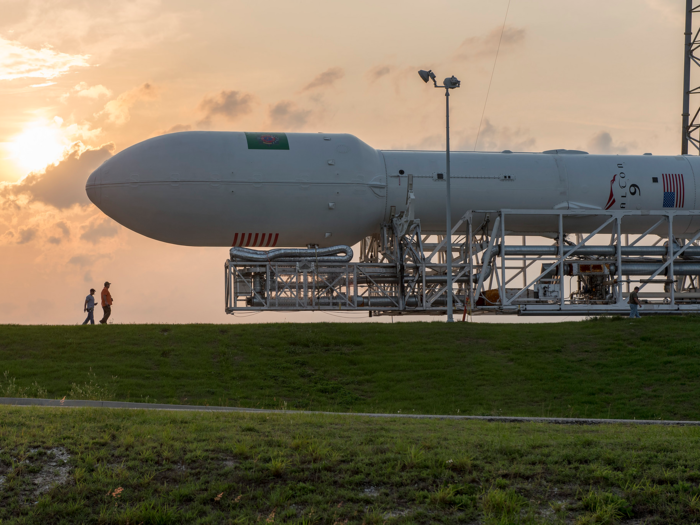
A reusable rocket is no easy feat though. SpaceX released a graphic that shows a step by step schematic of how their revolutionary rocket technology works:
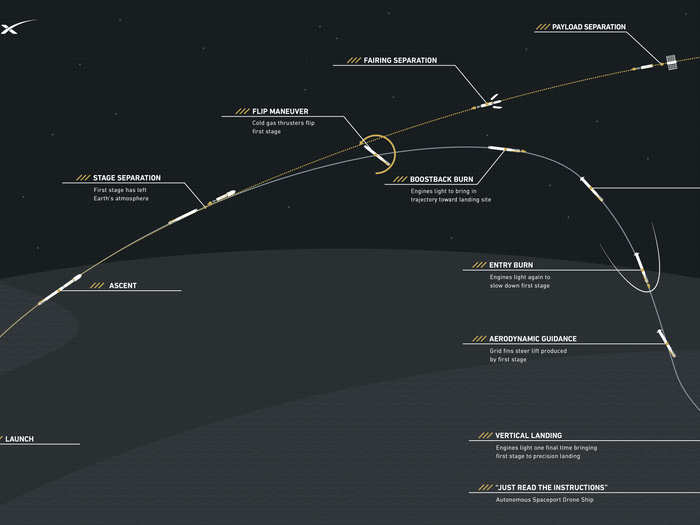
First, the giant 229-foot-tall rocket launches:
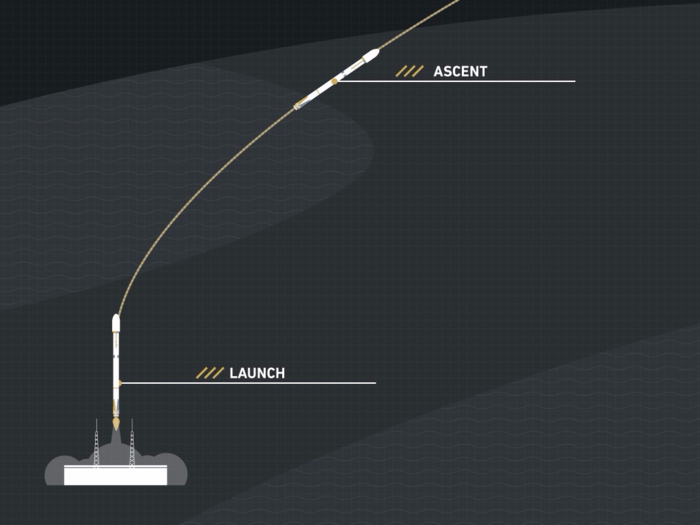
Then the rocket separates into two parts. The top part, called stage 2, continues upward and carries the payload into space. The bottom part, called stage 1, is the piece that SpaceX landed on a ship on Friday, April 8.
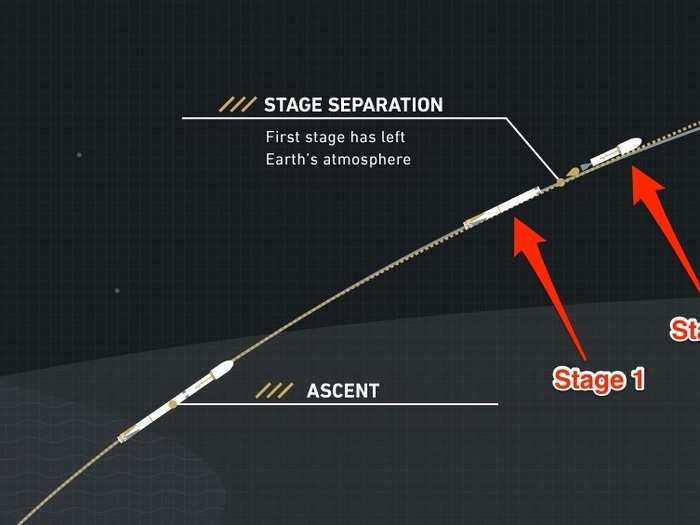
You can see the second stage continues on into space. But thrusters on the first stage fire to flip that piece of the rocket around and point it back toward Earth.
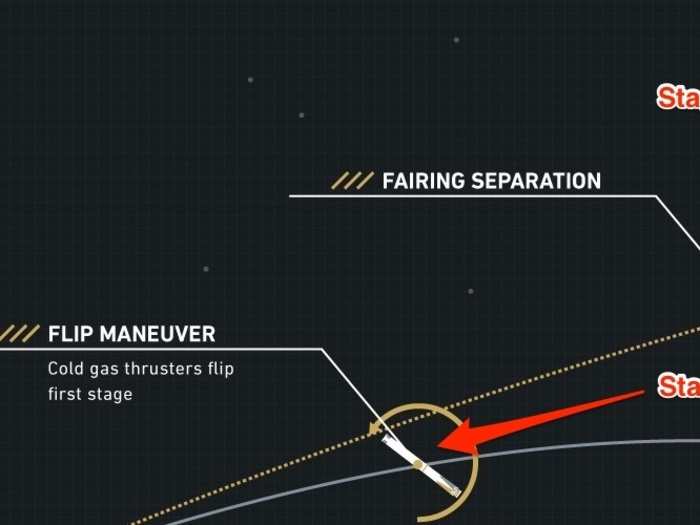
Next, some of the engines on stage 1 briefly reignite to line the rocket up for a landing. Small grid fins open on the sides to help it steer.

Once the rocket gets close to Earth, the engines light again to help it slow down before the landing. The grid fins help keep the rocket oriented in the right direction.
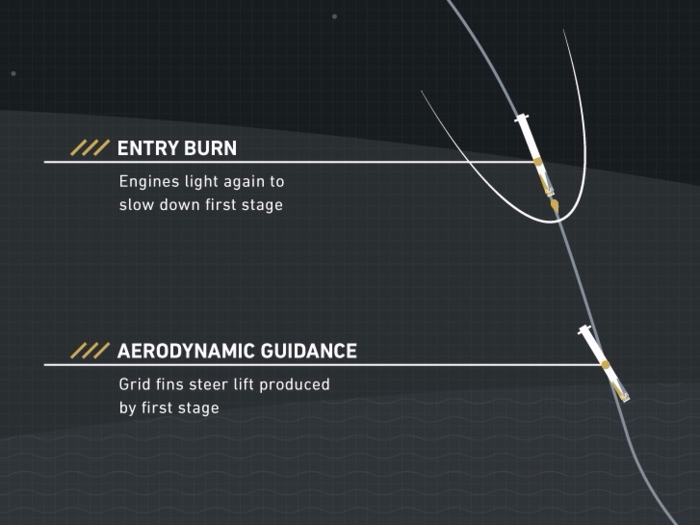
A sophisticated navigation system tells the rocket where to land. It all went according to plan on Friday, and it looked something like this:

SpaceX has attempted to land its rocket on a barge at sea before. Those previous tries all ended... explosively.

http://www.youtube.com/embed/BhMSzC1crr0
Width: 1200px
Height: 675px
It's not the first time anyone has landed a rocket, though. SpaceX did it before on solid ground — but that's a much steadier target than a ship being tossed in the waves.
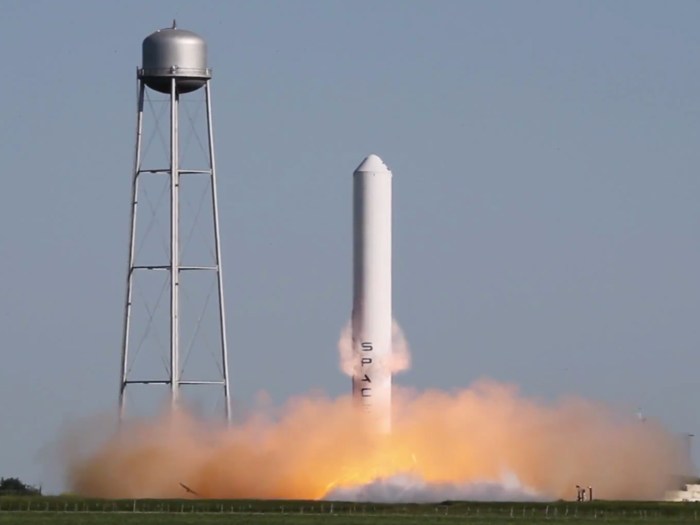
Jeff Bezos' rocket company Blue Origin has successfully landed, refueled, and relaunched a rocket. It's impressive. But what SpaceX is trying to accomplish is different and much harder.

For now Blue Origin is only interested in space tourism, which involves launching spacecraft to the edge of space (roughly 62 miles above Earth), where paying passengers can experience zero gravity for a few minutes.
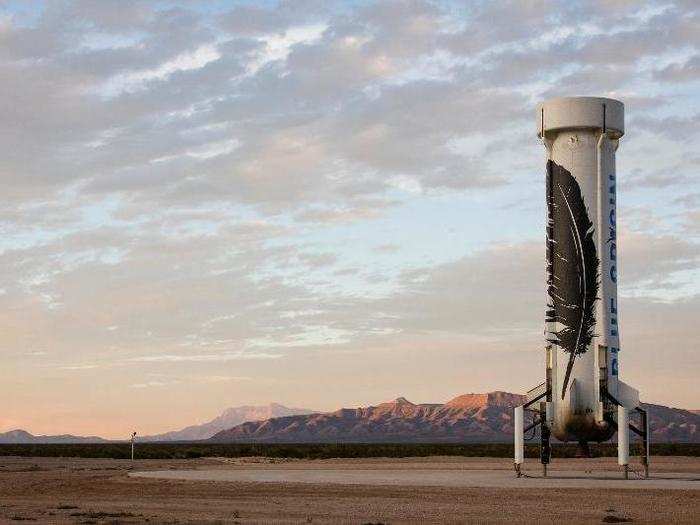
Source: Tech Insider
So Blue Origin's rocket isn't nearly powerful enough to put a spacecraft or satellites into orbit — that requires about 100 times more energy.
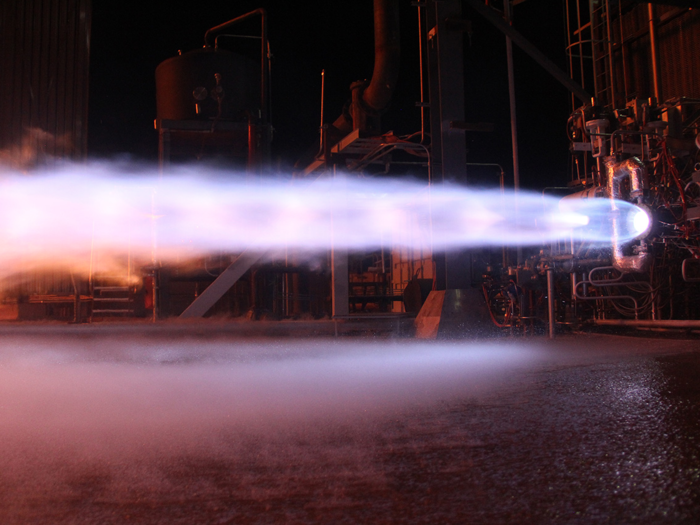
SpaceX's rocket, on the other hand, actually launched a Dragon spacecraft into orbit before landing at sea. That means the rocket traveled higher and faster, making the landing trickier to pull off than Blue Origin's.
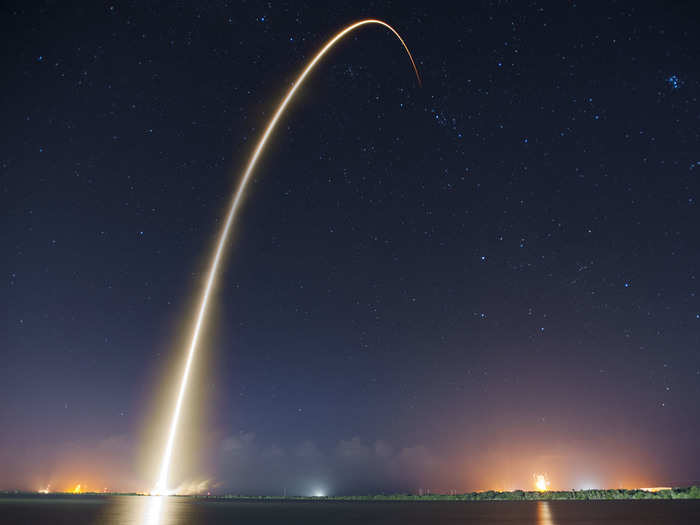
If SpaceX can demonstrate more rocket landings at sea — a far safer place to launch a rocket than land — it could drastically lower the cost getting into orbit around Earth.
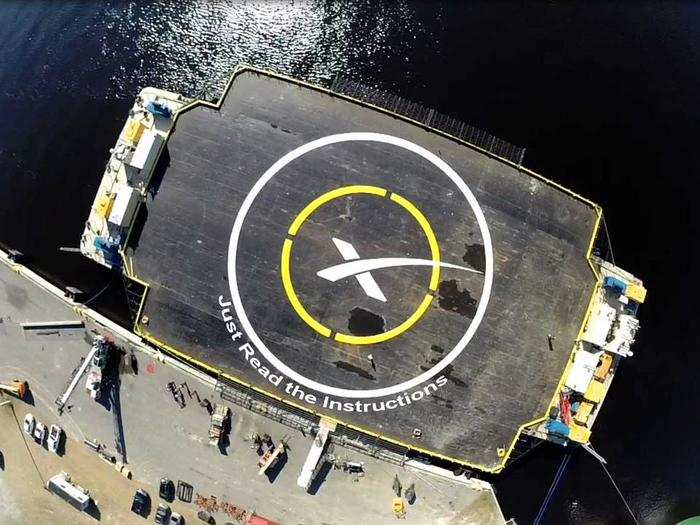
Elon Musk, the CEO of SpaceX, says recycling a rocket over and over and learning to fly it like a plane could reduce the cost of access to space "by as much as a factor of a hundred."
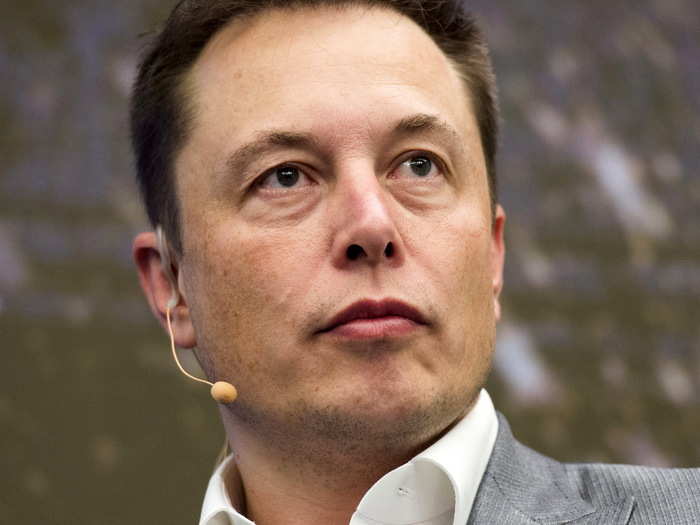
Source: SpaceX
And that could support Musk's ultimate vision: To send a million people to colonize Mars and turn it into a "backup drive" for humanity.
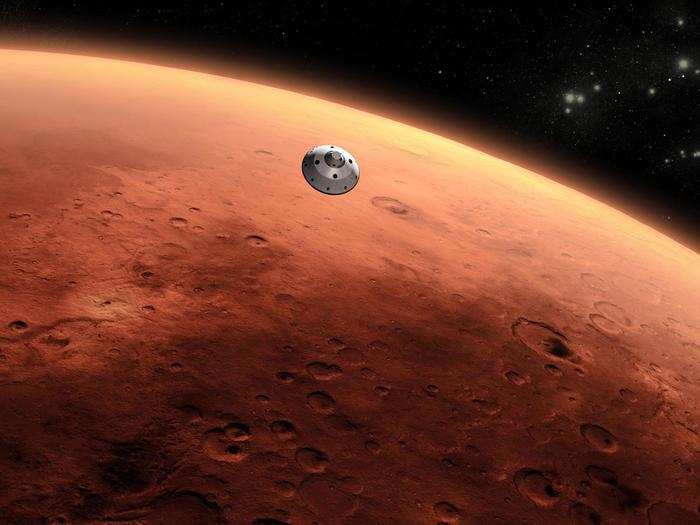
Source: Tech Insider
Kelly Dickerson contributed to this report.
Popular Right Now
Advertisement